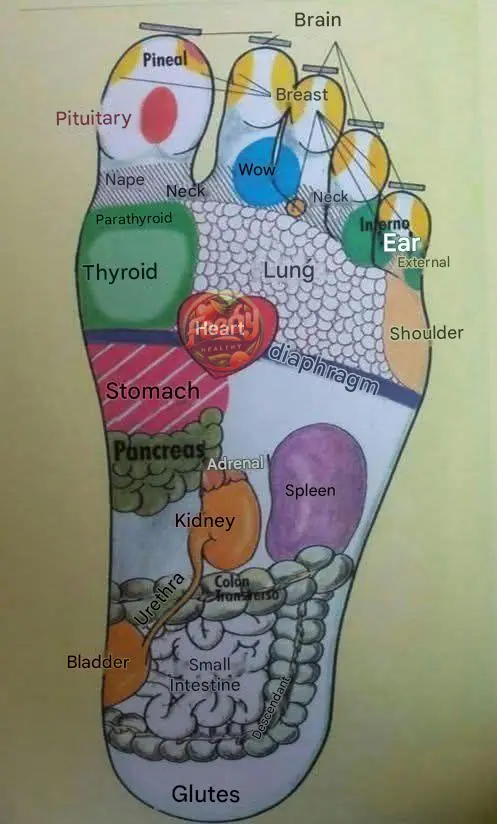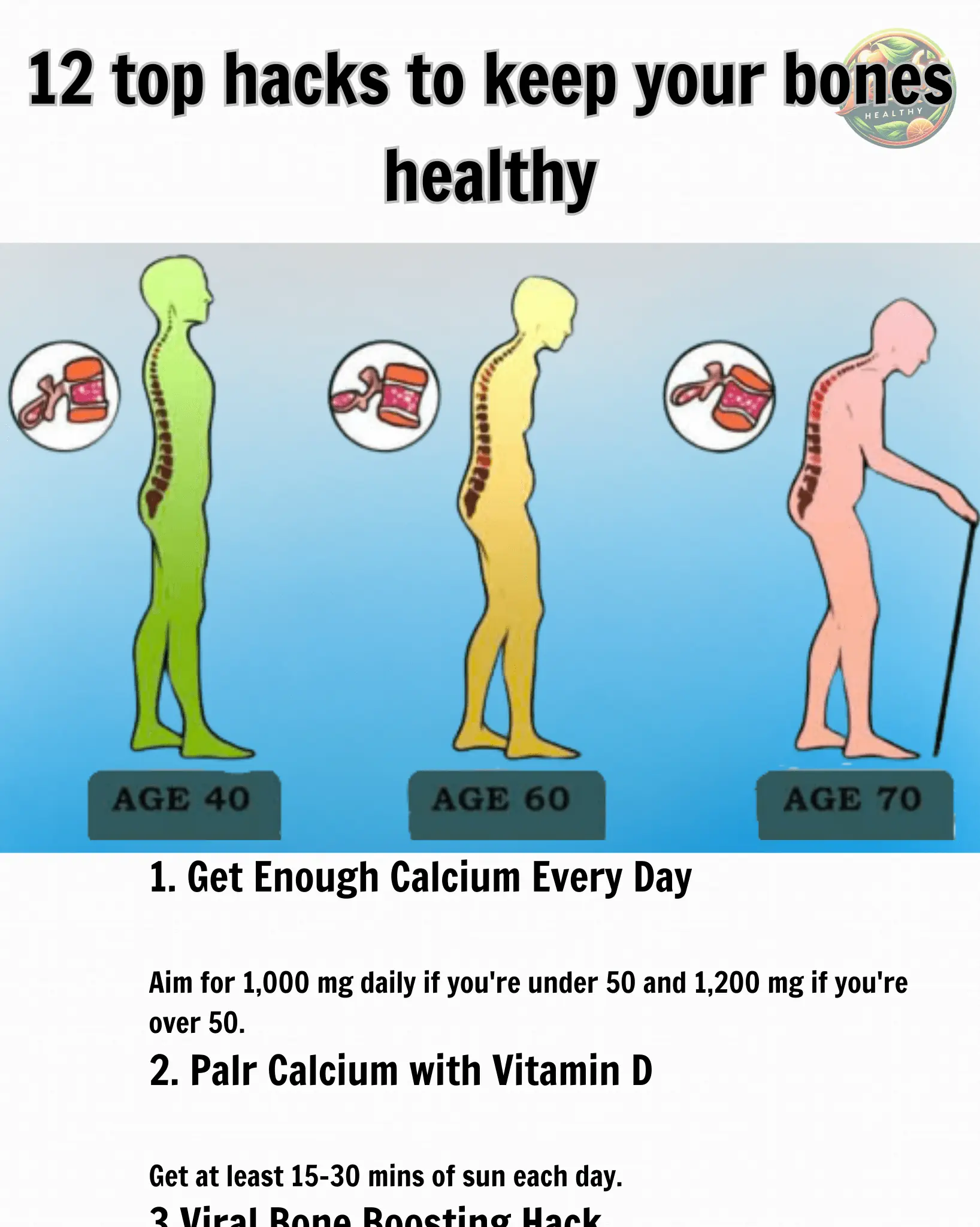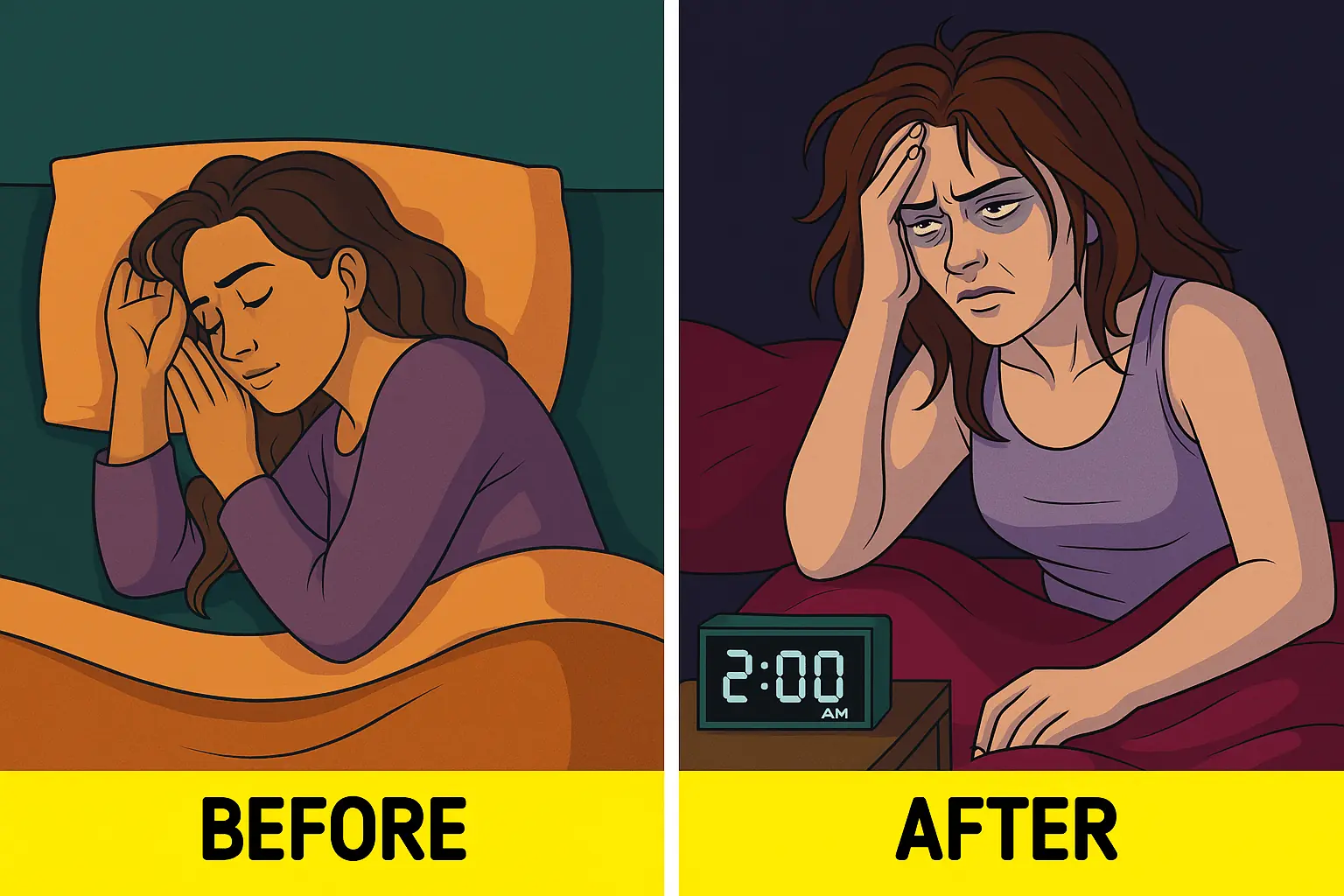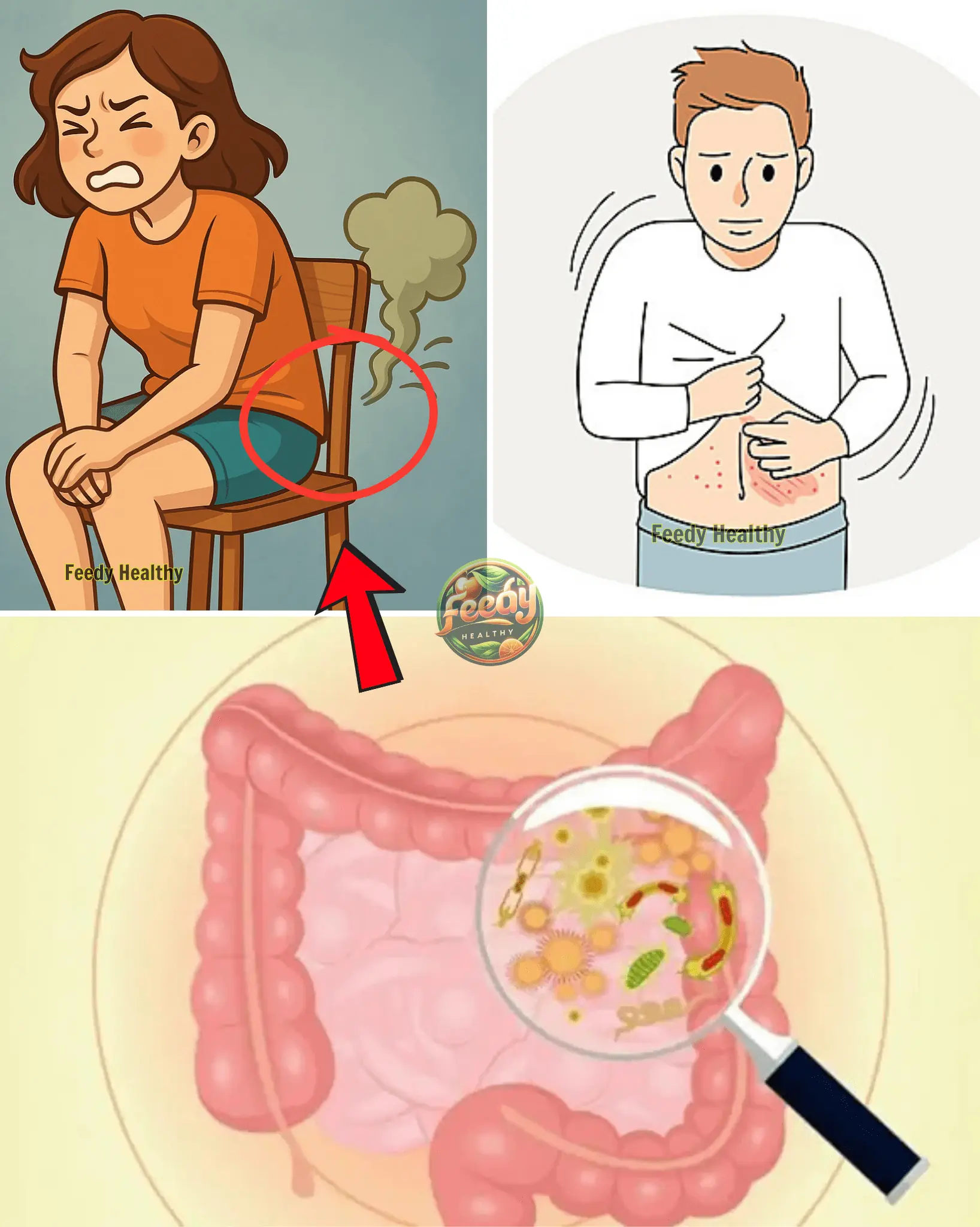
PUT OIL ON THE SOLES OF YOUR FEET
A woman wrote that her grandfather passed away at 87 and had no back pain, joint pain, headaches, or tooth loss since an elderly friend, when he lived in Calcutta, advised him to massage the soles of his feet with oil before going to sleep. It is the best source of treatment and physical healing.
✓ A student told me:
My mother insisted on applying the oil in the same way; she then said that she had been visually impaired since she was a child and that as she continued this process, the light gradually returned to her eyes, and she became healthier.
✓ A businessman wrote to me that he went to Chitral on vacation. He spent the night in a hotel there and couldn’t sleep, so he went for a walk outside. The elderly woman on night watch asked him, “What’s wrong?” He said, “I can’t sleep!” She smiled and said, “Do you have any oil?” He replied no, so she went to get the oil and said, “Rub the soles of your feet for a few minutes.” He did so, and soon he was snoring.
✓ Massaging the soles of my feet with oil before going to bed at night makes me sleep better and relieves fatigue.
✓ Another person wrote to me: I had a stomach problem. After massaging oil on my stomach and the soles of my feet before bed for two days in a row, my stomach problem disappeared.
✓ Another person reported: This process really has a magical effect. Massaging the soles of my feet with oil before going to bed at night gave me a very comfortable sleep.
✓ I’ve been using this trick for 15 years. It makes me very sleepy. I also massage the soles of my children’s feet with oil, which makes them very happy and healthy.
✓ Another woman wrote: My feet and legs hurt. I started massaging the soles of my feet with olive oil daily for two minutes before going to bed at night. This process relieved the pain in my legs.
✓ My legs were always swollen, and when I walked, I was tired. I started applying this almond or olive oil massage to the soles of my feet before going to bed at night. In just two days, the swelling in my legs disappeared.
✓ This tip is wonderful; it’s better than sleeping pills and gives you a comfortable sleep. Now I sleep with oil on the soles of my feet every night.
✓ My grandfather’s feet were burning, and his head hurt. When he started applying almond or olive oil (which he had) to the soles of his feet, the pain disappeared.
✓ Another report said: I had a thyroid problem. My leg hurt all the time. Someone suggested I massage the oil into the soles of my feet before going to bed at night. I do it all the time. Now I’m generally calm.
✓ Another testimony: I had hemorrhoids twelve or thirteen years ago. My friend took me to a Chinese doctor named Hakim, who was 90 years old. He suggested rubbing oil on the palms of my feet, between my toes, and between my nails and said, “Add four to five drops of oil on your navel and go to sleep.”
I was very pleased with this advice, and it solved my constipation problem. It also relieves fatigue in my body and makes me feel comfortable. It also prevents snoring.
✓ Another case: I was feeling pain in my legs and knees. Since reading this, I do the oil massage on the soles of my feet daily, and it makes me sleepy.
✓ Since I started using the oil massage recipe on the soles of my feet before going to bed at night, my back pain has decreased, and I thank God I sleep well.
The secret is very simple, brief, and easy. Apply any oil (almond, olive, coconut, etc.) to the soles of your feet and the entire foot for three minutes. Never forget to massage the soles of your feet at bedtime and massage your children the same way. Make it a routine for the rest of your life. Then you’ll see the fullness of nature… it lasts a lifetime.
WHY PUT OIL ON THE SOLES OF YOUR FEET?
✓ According to ancient Chinese medicine, there are around 100 pressure therapy points on the soles of the feet. Human organs are also treated with pressure and massage of these points.
✓ Foot massage treatment is used all over the world…
Credit to the author ![]()
![]()
![]()
12 top hacks to keep your bones healthy Holly Owens Contributing Writer

As we grow older, our bones gradually lose their strength and density, increasing the risk of fractures, osteoporosis, and chronic joint pain. But aging doesn’t mean you have to accept brittle bones or limited mobility as your fate. With a few science-backed habits and lifestyle changes, you can strengthen your skeleton, preserve flexibility, and protect your independence well into your golden years.
Whether you’re 40 and thinking ahead or in your 70s aiming to stay active and pain-free, this guide breaks down 12 effective ways to protect and build healthy bones—naturally and sustainably.
🦴 Why Bone Health Matters
Your bones do more than hold you up—they protect your organs, anchor your muscles, and store critical nutrients like calcium. As you age, bone breakdown can outpace bone formation, especially after menopause in women or with certain health conditions. But here’s the good news: Bone loss isn’t inevitable.
By making intentional changes to your daily habits, you can significantly slow or even reverse the rate of bone loss.
🔟 12 Hacks to Future-Proof Your Bones
1. Get Enough Calcium Daily
Why it matters: Calcium is the essential mineral your bones depend on. If you don’t get enough through your diet, your body takes it from your bones—weakening them over time.
How to apply it:
-
Aim for 1,000 mg/day if under 50; 1,200 mg/day if over 50
-
Top sources: yogurt, cheese, milk, kale, tofu, almonds
-
If supplementing, don’t exceed 2,000 mg daily (too much can lead to kidney stones)
2. Pair Calcium with Vitamin D
Why it matters: Without vitamin D, your body can’t absorb calcium efficiently.
How to apply it:
-
Spend 15–30 minutes in the sun daily (without sunscreen)
-
Eat fatty fish (like salmon, mackerel), egg yolks, and fortified cereals
-
Consider a Vitamin D3 supplement—especially in winter
🌟 Bonus Hack: Try the “Prune Challenge”
Why it’s viral: Studies have shown that 5–6 prunes a day may help prevent bone loss and increase bone density, thanks to their high levels of potassium, vitamin K, and polyphenols.
-
Eat as a snack, mix into yogurt, or blend into smoothies
-
Work up to 10–12 daily over time for extra benefit
-
Also great for digestion and reducing inflammation!
3. Add Strength Training to Your Routine
Why it matters: Resistance exercises stimulate bone-building cells and improve muscle support, reducing fall risk.
How to apply it:
-
Try bodyweight moves like squats, push-ups, or resistance bands
-
Aim for 2–3 sessions per week
-
Start light and gradually increase weight or reps
4. Do Weight-Bearing Activities Regularly
Why it matters: Impact exercises signal your bones to stay strong.
How to apply it:
-
Walk, jog, dance, or climb stairs
-
Do at least 30 minutes most days
-
Mix with resistance training for best results
5. Eat More Magnesium & Vitamin K
Why it matters: These nutrients help regulate calcium and strengthen bone structure.
How to apply it:
-
Magnesium: Found in nuts, seeds, dark chocolate, whole grains
-
Vitamin K: Found in leafy greens like spinach, kale, and Brussels sprouts
6. Limit Alcohol and Caffeine
Why it matters: Both can hinder calcium absorption and weaken bones over time.
How to apply it:
-
Limit alcohol to 1 drink/day for women, 2 for men
-
Keep coffee intake moderate—no more than 2 cups daily
7. Quit Smoking
Why it matters: Smoking reduces blood flow to the bones and disrupts the balance of bone-forming and bone-breaking cells.
How to apply it:
-
Join a smoking cessation program
-
Replace smoking rituals with healthy habits like walking or deep breathing
8. Boost Your Protein Intake
Why it matters: Protein is the framework of your bones and supports muscle strength.
How to apply it:
-
Include protein at every meal
-
Focus on lean meats, fish, beans, lentils, tofu, and dairy
9. Watch Your Salt Intake
Why it matters: Excess sodium causes calcium to leach from your bones.
How to apply it:
-
Avoid processed and packaged foods
-
Season with herbs and spices instead of salt
10. Stay Hydrated
Why it matters: Hydration helps transport nutrients to bones and lubricates joints.
How to apply it:
-
Drink at least 8 glasses of water per day
-
Skip sugary sodas and energy drinks, which can deplete nutrients
11. Train for Balance and Flexibility
Why it matters: Falls are a major cause of bone fractures, especially in seniors.
How to apply it:
-
Practice yoga, tai chi, or pilates
-
Include daily stretches and balance drills (e.g., stand on one foot for 30 seconds)
12. Get a Bone Density Test
Why it matters: Early detection of bone loss can prevent major issues down the line.
How to apply it:
-
Women over 65 and men over 70 should get a DEXA scan
-
If you have risk factors, such as family history or early menopause, talk to your doctor sooner
🧠 Final Thoughts: Build Strong Bones for Life
Bone loss may be a natural part of aging, but you have more control than you think. By following these 12 hacks, you’re not just supporting bone density—you’re investing in your future mobility, independence, and vitality.
Strong bones mean fewer fractures, less pain, and a more active lifestyle well into your senior years. So, start now—your future self will thank you.
7 Silent Signs of Stroke in Women That Are Often Overlooked

Men and women are equal in every aspect, but sometimes our bodies respond to triggers in very different ways. Stroke is not fair—especially when it comes to symptoms. While men and women share classic stroke warning signs like sudden numbness, speech difficulties, and severe headaches, women often experience more subtle or unexpected symptoms.
These signs can easily be mistaken for stress, exhaustion, or even indigestion—leading to dangerous delays in seeking help. Being aware of the critical stroke symptoms that women experience differently from men could save a life!
DISCLAIMER: This content is for informational purposes only and is not intended as medical advice. Always consult your doctor regarding your health and medical conditions.
1. Persistent Hiccups
For many women, one of the most surprising stroke symptoms is persistent hiccups. While hiccups are usually harmless, they can sometimes be a neurological response to a stroke affecting the brainstem. Women are more likely to experience this symptom, often accompanied by chest discomfort, nausea, or an unusual throat sensation.
In contrast, men rarely report hiccups as an early sign of stroke, making it an overlooked symptom in women.
2. Unexplained Nausea or Vomiting
While nausea can stem from various causes, including bad food, it’s also a major stroke symptom. Women experiencing a stroke may suddenly feel nauseous, dizzy, or vomit—especially if the stroke affects the back of the brain, which controls balance and coordination.
This symptom is often mistaken for food poisoning, the flu, or anxiety. However, men are less likely to report nausea as a primary symptom and more likely to present with traditional signs like arm weakness or facial drooping.
3. Extreme Fatigue
Women are more likely to feel exhausted or weak before or during a stroke. This isn’t just typical tiredness—it’s overwhelming fatigue that makes even small tasks feel impossible. Because fatigue is a common complaint in daily life, many women ignore it or blame it on stress, work, or family responsibilities.
Men, on the other hand, tend to show more physical symptoms such as muscle weakness rather than full-body fatigue.
4. Chest Pain or Shortness of Breath
Chest pain is not just a sign of a heart attack—it can also indicate a stroke, particularly in women. Many women describe chest tightness or unusual discomfort, often accompanied by shortness of breath. These symptoms may be mistaken for anxiety or heart problems, leading women to seek the wrong kind of medical care.
Men are less likely to report chest pain during a stroke, making it another under-recognized warning sign in women.
5. Sudden Confusion or Behavior Changes
While strokes often cause cognitive issues in both sexes, women are more likely to experience sudden emotional or behavioral changes. This can include unexplained agitation, hallucinations, or trouble recognizing familiar people and places. These symptoms can be misinterpreted as stress, panic attacks, or early signs of dementia—delaying critical treatment.
Men tend to display confusion in more straightforward ways, such as trouble speaking or understanding language.
6. Severe, Unexplained Headache
A sudden, severe headache can be one of the earliest signs of a stroke—but in women, it often appears differently. Women are more prone to migraines, which means a stroke-related headache may be dismissed as “just another bad migraine.” However, stroke headaches strike suddenly, are extremely intense, and do not improve with rest or medication.
Although men can also experience headaches with stroke, it’s less common, and they’re more likely to show other neurological symptoms first.
7. Generalized Weakness (Not Just One-Sided)
Unlike the classic stroke symptom of weakness on one side of the body, women often experience full-body heaviness or weakness. This can make it harder to recognize that a stroke is happening. If your body doesn’t feel right, don’t ignore it.
Stroke Prevention: What You Can Do Right Now
The good news is that many strokes are preventable with just a few lifestyle changes. Here’s how to reduce your risk:
-
Monitor your blood pressure: High blood pressure is the leading risk factor for stroke. Control it with a healthy diet, regular exercise, and stress management.
-
Stay active: Moving your body each day helps improve blood flow and keeps your heart healthy. Even walking for 30 minutes can make a difference.
-
Eat smart: Focus on whole foods, fruits, and vegetables while cutting back on processed snacks and excess salt. Your arteries will thank you.
-
Understand your hormones: Birth control, pregnancy, and menopause can all affect stroke risk. Talk to your doctor about managing these changes safely.
-
Quit smoking: If you smoke, now is the time to stop. Smoking significantly increases stroke risk, and quitting offers immediate benefits.
-
Listen to your body: If something feels off, don’t wait. The sooner you act, the better the outcome.
Stroke doesn’t always look like what you see on TV—especially for women. Knowing these lesser-known symptoms could save your life—or someone else’s. When in doubt, act fast and seek medical help. Because with stroke, every second counts.
Why Are You Passing Gas So Often? It Might Be a Sign of These 5 Health Issues—Don’t Ignore It!

Passing gas is a normal part of our daily lives and a natural bodily function. However, if you’re finding yourself excessively gassy, it could be more than just a result of diet—it may be your body trying to tell you something. In this article, we’ll explore the common causes of frequent flatulence and the potential underlying health conditions associated with it. Please note that while this information is educational, it does not replace medical advice. Always consult a healthcare provider for any health concerns.
1. Digestive Issues
Gut Microbiota Imbalance
An imbalance in your gut bacteria (also known as dysbiosis) is one of the most common causes of excessive gas. When the beneficial and harmful bacteria in your intestines are out of balance, it can lead to increased fermentation and gas production.
What to do:
-
Incorporate probiotics (like yogurt or supplements)
-
Eat a fiber-balanced diet to support good bacteria
Indigestion (Dyspepsia)
Indigestion can cause partially digested food to linger in the gut, producing more gas as it ferments. Symptoms may also include bloating, diarrhea, or nausea.
What to do:
-
Avoid greasy, spicy, or irritating foods
-
Use digestive enzymes or antacids as prescribed
>(Article content by Feedy Healthy)
2. Food Allergies or Intolerances
Lactose Intolerance, Gluten Sensitivity & More
Excessive gas may be a reaction to certain foods your body struggles to digest, such as milk (lactose intolerance), soy, wheat, or corn.
What to do:
-
Keep a food diary to identify trigger foods
-
Try an elimination diet and reintroduce foods gradually to monitor reactions
3. Underlying Health Conditions
Diabetes
Diabetes, particularly when poorly controlled, can lead to nerve damage (diabetic neuropathy) that affects digestion. This may result in delayed gastric emptying (gastroparesis), bloating, and gas.
What to do:
-
Work with your doctor to control blood sugar levels
-
Follow a diabetes-friendly diet and stay active
Hyperthyroidism (Overactive Thyroid)
An overactive thyroid speeds up metabolism and digestion, potentially leading to more frequent bowel movements and gas. Other symptoms include rapid heartbeat, weight loss, and excessive sweating.
What to do:
-
Seek medical treatment: antithyroid medications, radioactive iodine therapy, or surgery
4. Side Effects of Medications
Certain medications may disrupt your gut flora or slow down digestion, resulting in increased gas. These include:
-
Antibiotics (disrupt gut bacteria)
-
Antidepressants (alter digestive motility)
-
Antihistamines (dry out the digestive tract)
What to do:
-
Talk to your doctor about adjusting the dosage or switching medications(Article content by Feedy Healthy)
5. Lifestyle Habits That Can Help
Improve Your Diet
Reduce gas-producing foods like beans, cabbage, and carbonated drinks.
Instead, focus on:
-
Whole grains
-
Fresh fruits and vegetables
-
Smaller, more frequent meals
Exercise Regularly
Gentle movement such as walking or yoga can stimulate digestion and reduce bloating.
Benefits:
-
Enhances gut motility
-
Reduces constipation
-
Supports immune and metabolic health
Maintain Good Hygiene
Prevent gastrointestinal infections by:
-
Washing hands regularly
-
Avoiding unsafe or unclean food
-
Keeping your kitchen and utensils clean
Conclusion: Listen to What Your Body Is Telling You
Passing gas frequently may seem harmless or even humorous, but when it becomes excessive or is accompanied by other symptoms, it could be a sign of an underlying health issue. Understanding the possible causes and making proactive changes—whether through diet, lifestyle, or medical intervention—can make a big difference. If your symptoms persist or worsen, don’t hesitate to consult a doctor for proper diagnosis and treatment. Your gut health matters more than you think!
